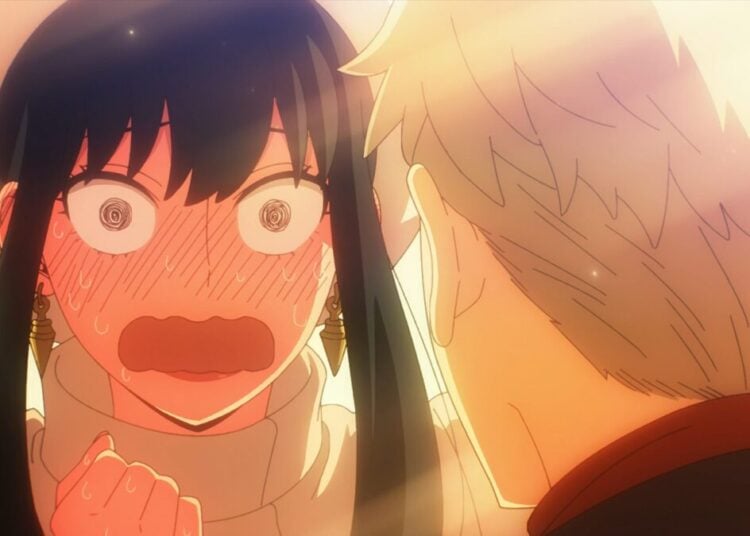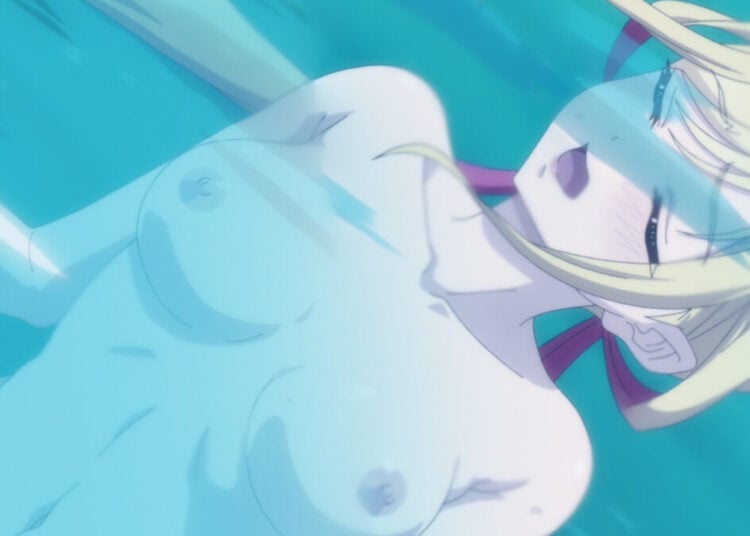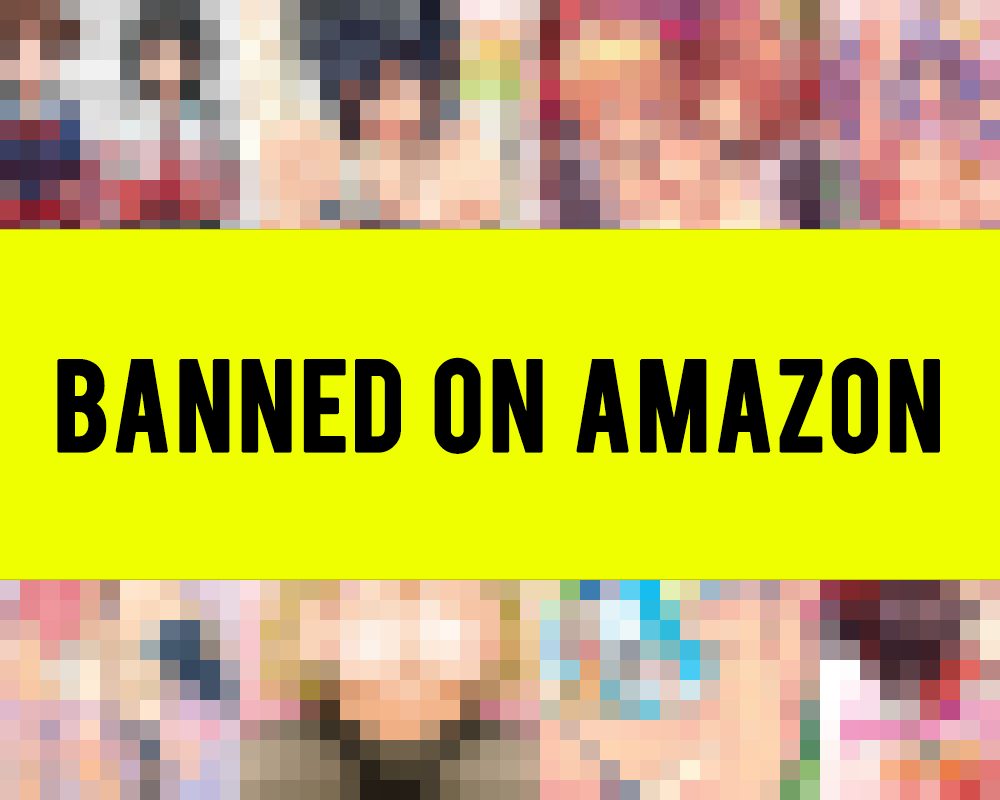A common issue I’ve always had with Boy’s Love (BL) is its cliches (although, I suppose a lot could apply to any genre of hentai). From exaggerated age gaps, teacher/student fetishes, and often sexually violent media, at times it feels like the most unique thing any Boy’s Love story can do is tell an actual story. There are dozens of BL manga where it feels like once you’ve read two or three, you’ve already read several hundred. Finding the gems among all the cliches is a breath of fresh air. Seeing an artist put time and effort into fleshing out their characters and give readers a reason to care about the series is rare. It creates an emotional connection with the reader beyond just flipping through the first few chapters to see how well an artist draws any sex scenes.
So without further ado, here are some recommended Boy’s Love media that present character growth through healthy relationships, realistic scenarios, and conflict.
Given
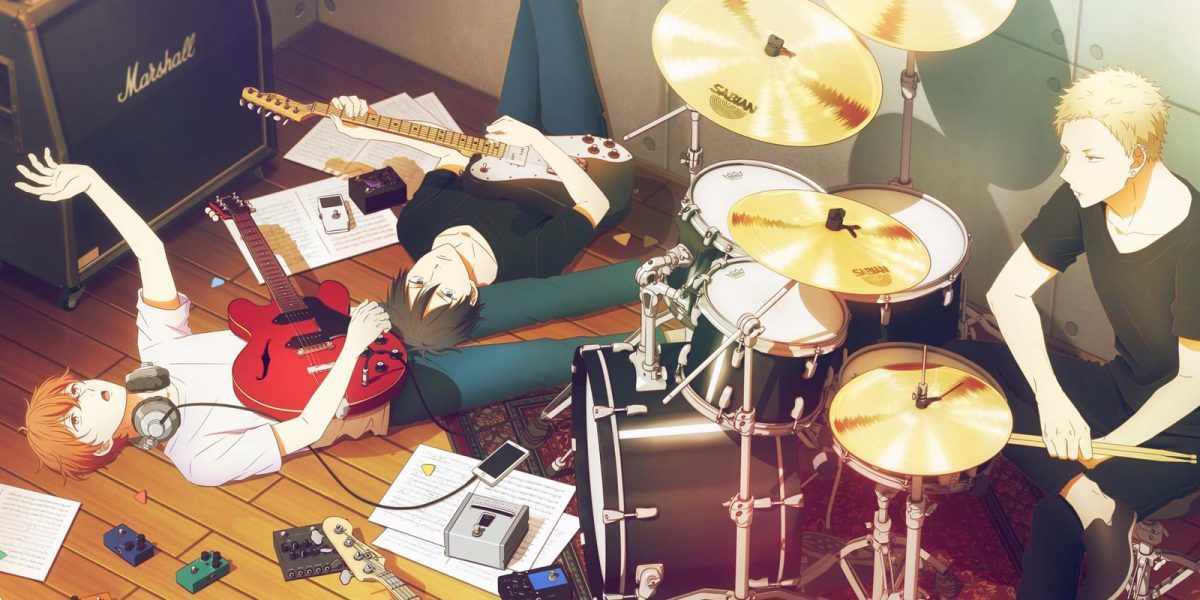
Ever since the first chapter, Given has made waves, claiming 7th place in 2019’s BL popularity polls in Japan. It’s not hard to see why, when Given talks about what a lot of BL manga don’t. The first chapter opens with the main character, Mafuyu Sato, staring at his boyfriend’s corpse after hanging himself, setting the first story arc.
With Mafuyu, Given talks about actions that can’t be taken back, words that can no longer be said, and emotions that can’t be expressed when someone is weighed down by guilt and regret over their lover’s suicide. Then he meets Uenoyama Ritsuka, whose story intertwines with his as they form a rock band together. Uenoyama’s character deals with repressed emotions, jealousy, internal conflict, and confusion. His stream of consciousness and internal monologues go beyond the generic and over-used “what is this feeling / but we’re both guys” lines as he learns to open up about his emotional conflict to his friends, normalizing discussion and honestly about his feelings.
Together, Mafuyu and Uenoyama learn more about themselves than they do about just each other.
Given is currently five volumes long, and still on-going. The first two volumes have been released in English by SuBLime, and was adapted into an 11-episode TV anime in 2019. A movie covering the second story arc was set for release this summer.
My Brother’s Husband
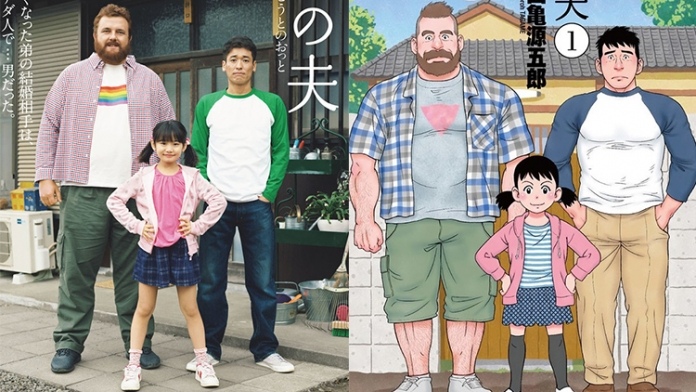
Gengoroh Tagame has had the biggest impact on queer media in Japan, often referred to as the “Tom of Finland” of Japan for hyper-masculine erotic BDSM artwork. For over 30 years he’s been in the illustration and manga business, penning countless one-shots and anthologies, even hosting his own solo art exhibits in Japan, overseas in the United States, and Europe. In recent years, Tagame has softened his content and begun to produce all-age appropriate media.
After his husband’s death, Mike Flanagan travels from Canada to Japan to fulfill a promise he made to his lover and introduce himself to his husband’s family. Over the course of the story, Yaichi learns about his brother’s romance with Mike, and it’s revealed how his brother’s sexuality created a distance between them, ultimately never healing.
The series ran for four volumes and was adapted into a 3-part live-action TV special.
My Son is Probably Gay
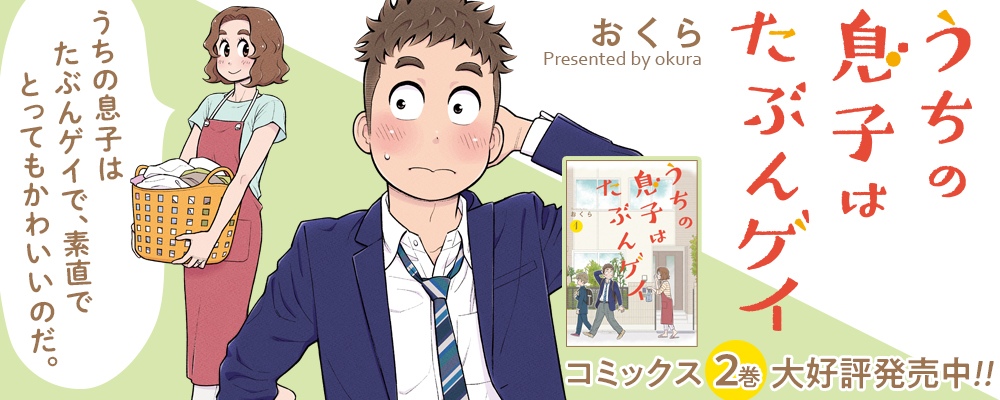
Penned by Okura-sensei and published by SQUARE-ENIX, My Son is Probably Gay (Uchi no Musuko wa Tabun Gei, in Japanese) offers the wholesome chronicles of a family raising their gay son, Hiroki. At times, chapters can be disheartening, showing the struggles and melancholy closeted queer teens experience as they come to terms with their thoughts and feelings. However, instead of focusing entirely on Hiroki, this series is told from the perspective of his family, primarily his mother. Chapters are short, telling small everyday occurrences of how Hiroki’s family are aware of his sexuality and find their own ways to silently support him until he’s ready to be honest.
The series isn’t exactly a Boy’s Love, but the premise is realistic and enjoyable. Two volumes are out, and the series is still ongoing, with the author posting regular clips on his Twitter account.
L’étranger de la Plage
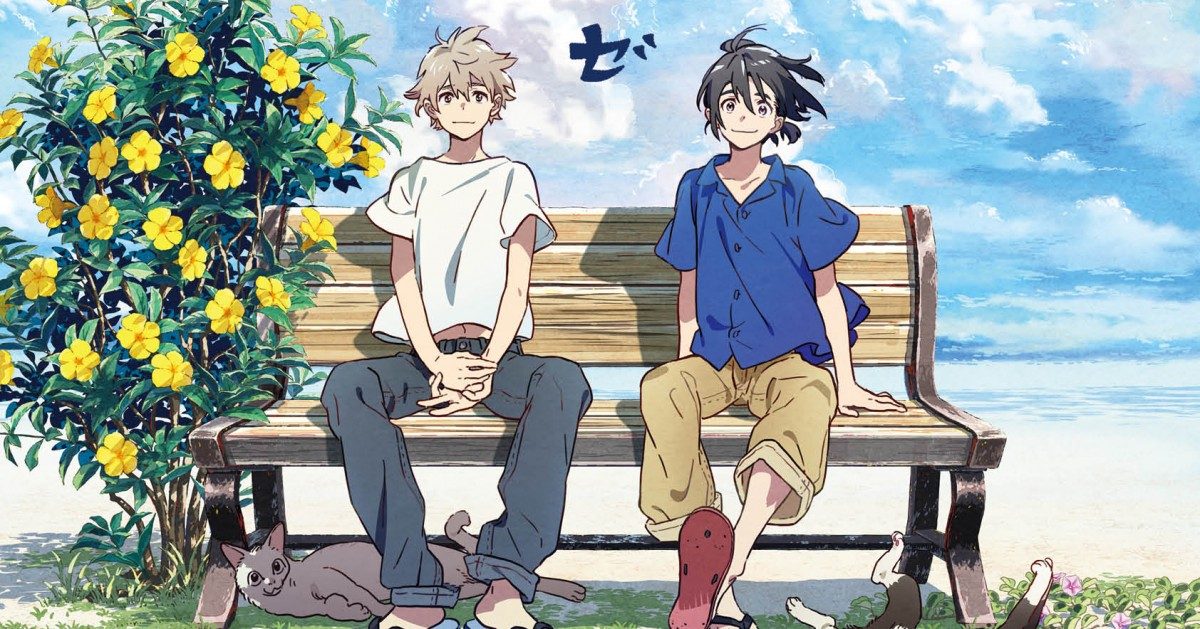
Despite its flowery and whimsical presentation, this Boy’s Love manga holds a lot of gloomy subject matter. L’étranger de la Plage (Stranger by the Beach) tells of the romance between struggling novelists, Shun Hashimoto, and Mio Chibana. At their first encounter, Mio is only 17, living in an orphanage on the same island as Shun who is writing his first book. Their time together is brief, giving them a few days to get to know one another before Mio is relocated by his orphanage to mainland Japan. After this, a time skip ensues and the story continues 3 years later when Mio is an adult, and Shun is a critically-acclaimed debut author.
On the surface, the story sounds calming, easy, and even gives off relaxing summer vibes. It feels like the perfect comic to read while you’re floating by on vacation, but it couldn’t be any farther from the truth. In the deep end, L’étranger de la Plage talks about many of Japan’s societal traditions that gay people face when dealing with family, such as arranged marriages and how failing to meet expectations leads to internal struggles and self-hatred for not fitting into the mold of societal norms. Other topics include instinctive shame of showing even the smallest acts of affection like holding hands, or how to explain your partner to younger family members.
L’étranger de la Plage is currently four volumes long with a movie planned for release this September.
Stars Align
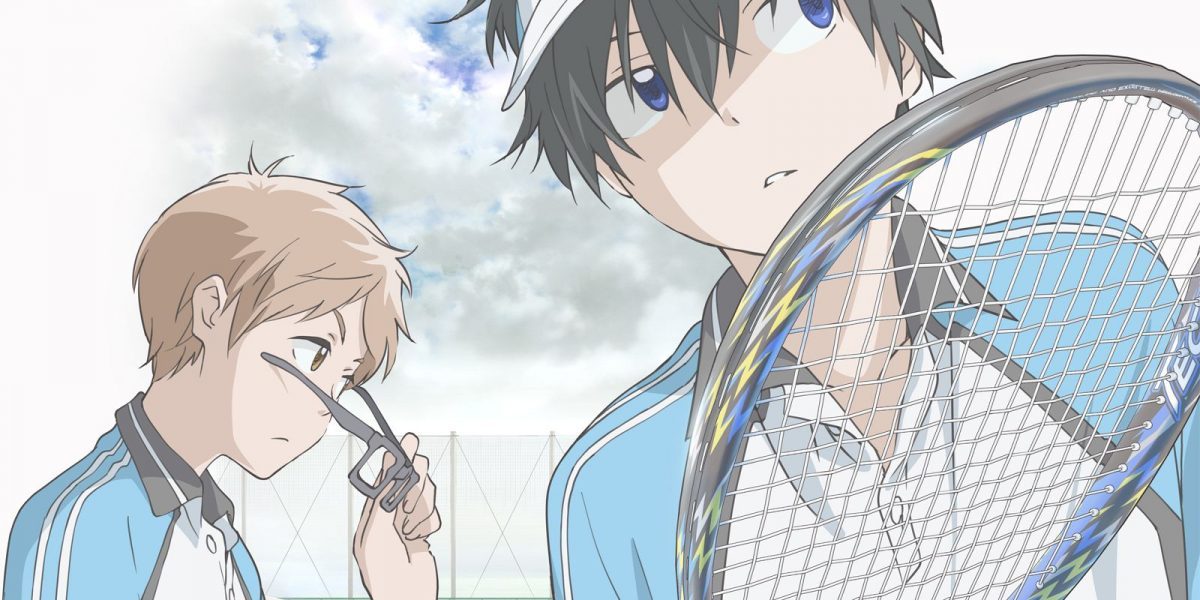
Stars Align is an original story produced directly as an anime about a struggling high-school boy’s tennis club about to get cut from the school’s budget due to their lack of any accomplishment. In a desperate attempt to make a turn-around, the club captain recruits Maki Katsuragi as a new member because of his running capabilities.
It has little do with Boy’s Love, but the series takes a moment in an episode to talk about LGBTQ+ issues, particularly transgendered struggles, and even appropriately uses terminology such as “FTM” (female to male) in the Japanese version. It’s presented casually, handled delicately, and in a way that normalizes talking about LGBTQ+ topics.
Originally, the series promised a 24-episode run. Unfortunately, production was cut halfway through development, ending with only 12 episodes on a massive cliff hanger. Since then director Kazuki Akane has promised fans they would find a way to conclude the story in a sequel. A single fan movie has been released this May, taking place two years after the events of the anime.
https://twitter.com/shipperinjapan/status/1200257410667044865
Is there a Boy’s Love series you wish you had seen on the list? Let us know in the comments below.


